What Is A French Curve: Easy Guide For Smooth Drawings
Have you ever struggled to draw a perfect, smooth curve? It can be tricky, often resulting in wobbly or imprecise lines. This guide introduces the french curve, a simple yet powerful tool for creating beautiful, accurate curves in your drawings, designs, and crafts. Discover what it is, why it’s so useful, and how easy it is to get started.
1. Introduction: What’s that bendy ruler thing?
Drawing perfect, smooth curves freehand is a common challenge. It often results in lines that are shaky or don’t flow as intended. The french curve is a simple design tool that solves this problem. It acts as a guide to help you draw those tricky curved lines.
This guide will explain what a french curve is, why it’s a great tool for your drawing and design projects, and how you can use it. It’s especially good for students, people who enjoy crafts, or anyone curious about improving their drawings.
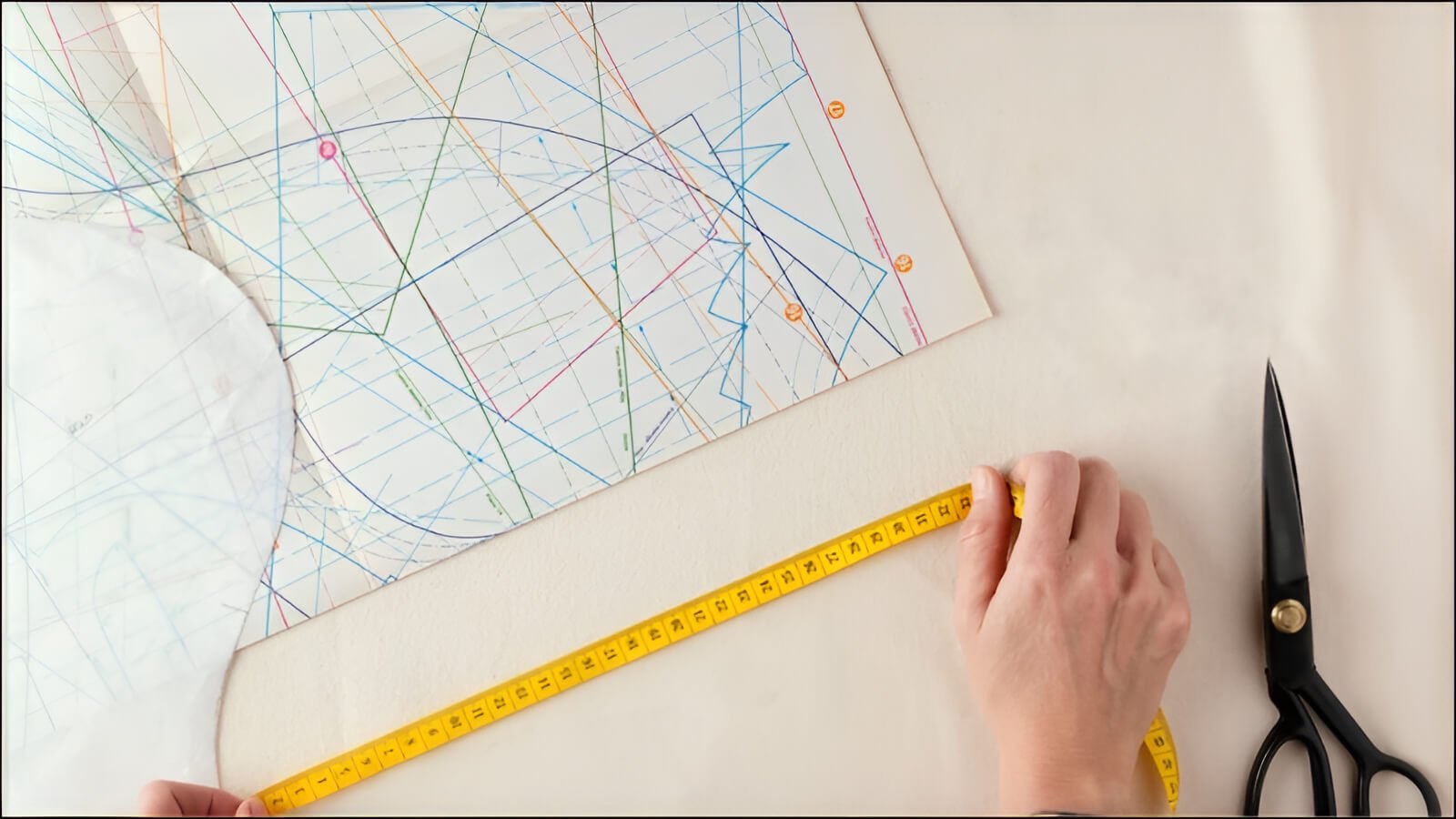
2. What exactly is a french curve?
A french curve is a special kind of template (a shape used as a guide to draw or cut something). Think of it like a flat piece of plastic or wood with lots of different curved edges. The key thing about a french curve is that it’s not just one curve; it has many different curves combined in one tool. This variety is what makes it so useful.
What it looks like:
- Shape: French curves are typically sold individually or in sets, often sets of three, with each offering a unique profile. They feature many different kinds of bends and sweeps. Some curves are gentle and wide, while others are tight and sharp. The value of a french curve or irregular curve ruler (another name for this tool) is this variety of curve shapes along its edges.
- Material (of the tool itself): Most french curves today are made from clear or colored plastic. Clear plastic is helpful because you can see your drawing underneath the tool. Some older or special french curves might be made of wood or metal.
Its primary function is to guide users in drawing smooth, precise curves. These are the kinds of curves that are very difficult to make perfectly by hand. Essentially, it’s a specialized template for generating consistent and accurate curved lines.
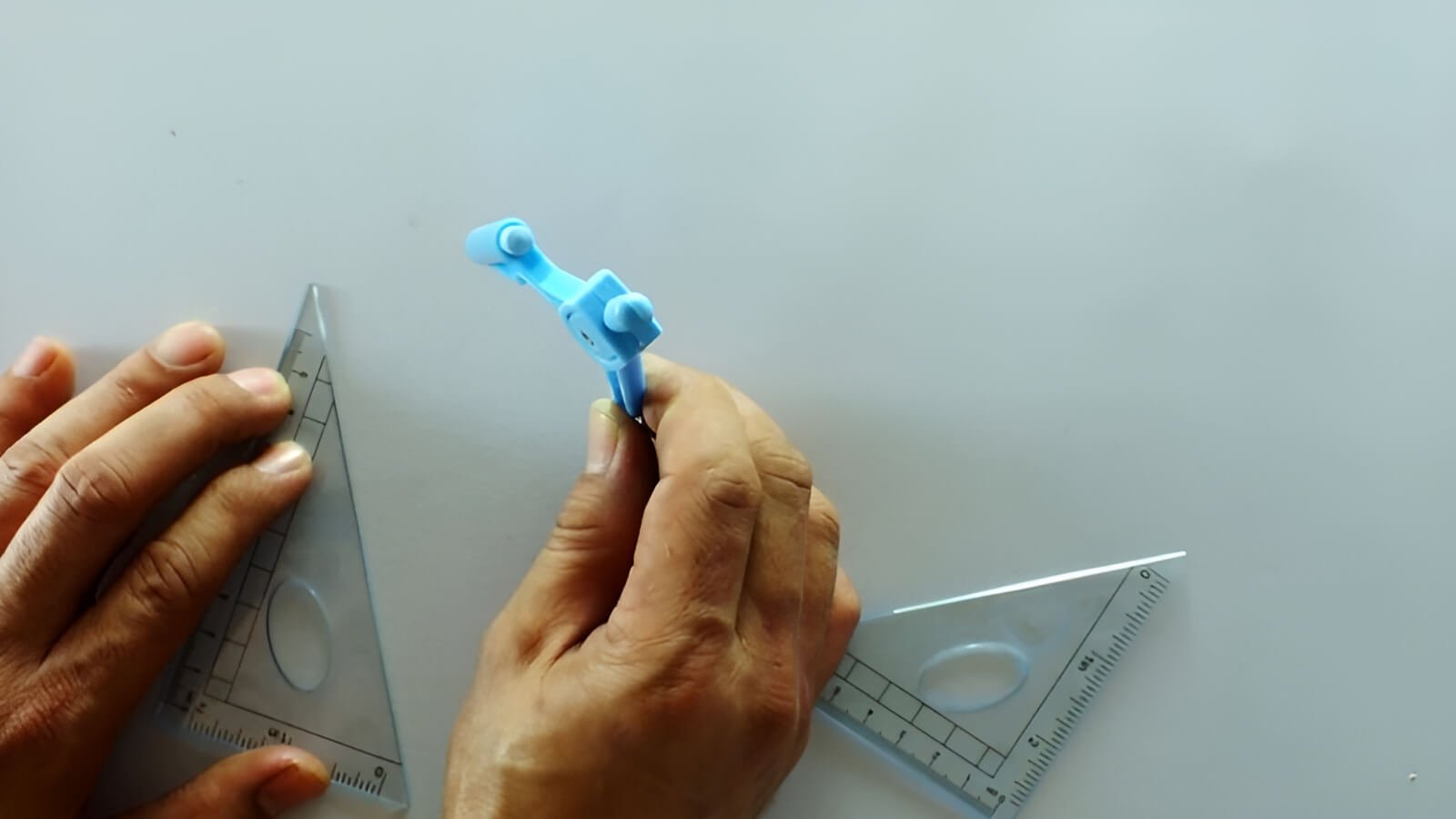
3. Why bother using a french curve? The benefits
Drawing curves freehand is hard. Lines can be shaky, uneven, or just not look the way you want. A french curve acts as a steady guide, helping you overcome these problems. Here are the key advantages of using a french curve:
- Accuracy: It helps you connect specific points on your paper very accurately with a planned smooth curve. This means you get the curve exactly where you want it, leading to more precision in your work.
- Smoothness: A french curve helps create beautiful, flowing lines. It helps avoid bumps, flat spots, or awkward angles that can happen when drawing by hand. This ensures your lines are genuinely smooth and flowing.
- Consistency: If you need to draw the same or similar curve shapes multiple times (for example, in a pattern), a french curve helps you do it consistently each time.
- Professional look: Using a french curve elevates your drawings, designs, and patterns, giving them a polished, professional appearance. It aids in applying principles of elegant curve design, making your creations look more refined.
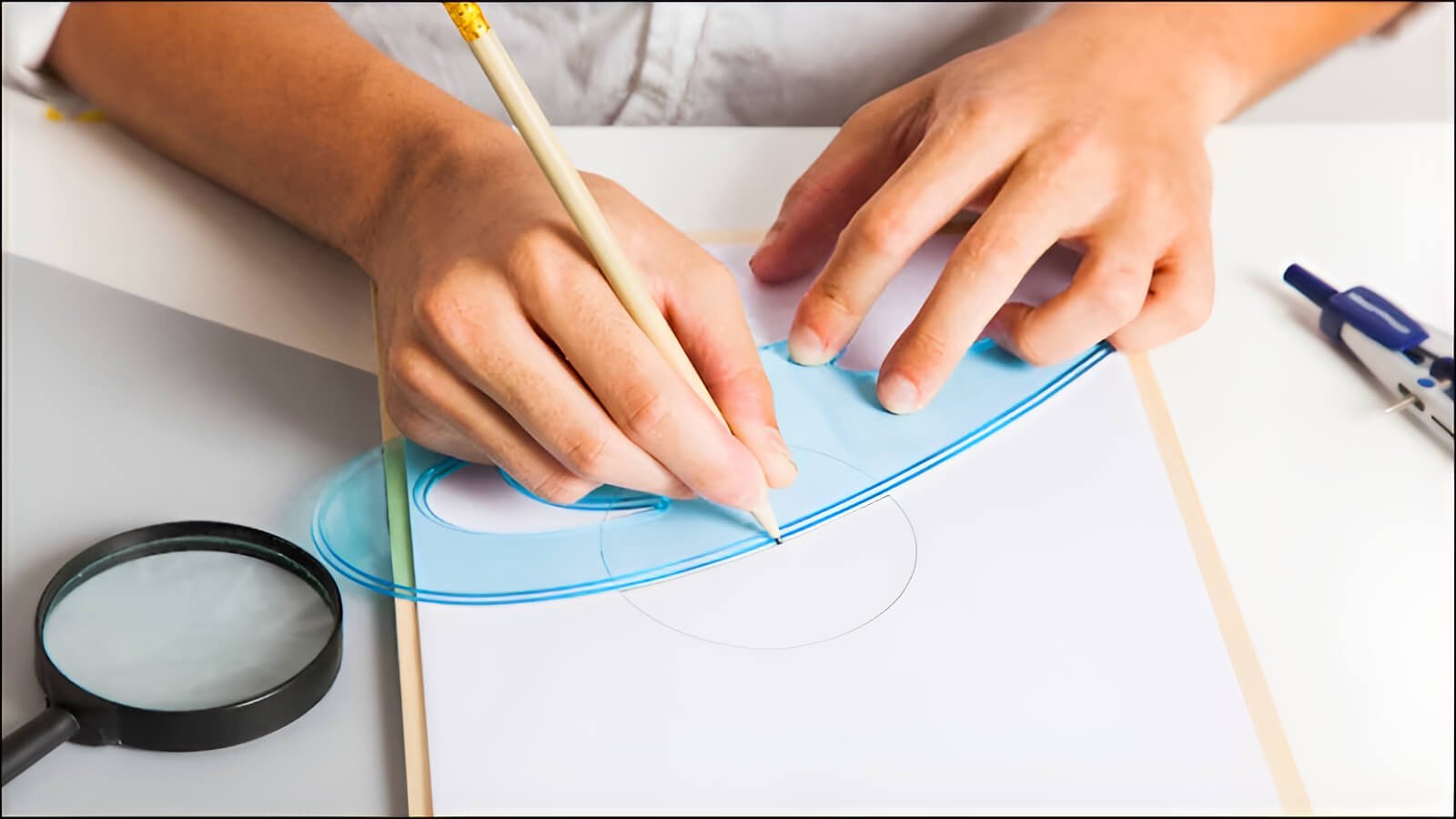
4. Who uses french curves and what for?
Many different people find french curves very useful. They are common drafting equipment (tools used for precise drawing) and pattern making aids (tools that help create templates, especially for sewing). Here are some examples of who uses french curves and their french curve applications:
- Fashion design / sewing: Fashion designers frequently use them. They draw parts of clothing patterns like armholes (the curve where the sleeve joins the body), necklines (the curve for the neck opening), sleeve tops, and collars. They are essential pattern making aids for creating new patterns or changing existing ones.
- Drafting / technical drawing: Architects (people who design buildings) and engineers (people who design machines or structures) use french curves for drafting (making detailed, precise drawings). These tools help them draw curved parts of machines, roads, or structures in their technical drawings. Drafting tools aid technical drawing by ensuring accuracy.
- Graphic design / illustration: Artists and designers might use them when creating logos that have curved parts. They are also useful for illustrations (pictures in books or magazines), comic book art, and creating unique freeform shapes. Understanding how to use a french curve for logo design can be very helpful.
- Woodworking & crafts: People making furniture or other crafts can use french curves to design curved edges for wood pieces. They are also good for making templates (guides) to cut curved pieces from wood or other materials.
- General design & hobbyists: Anyone working on a design project that needs a nice, smooth curve can benefit from using a french curve.
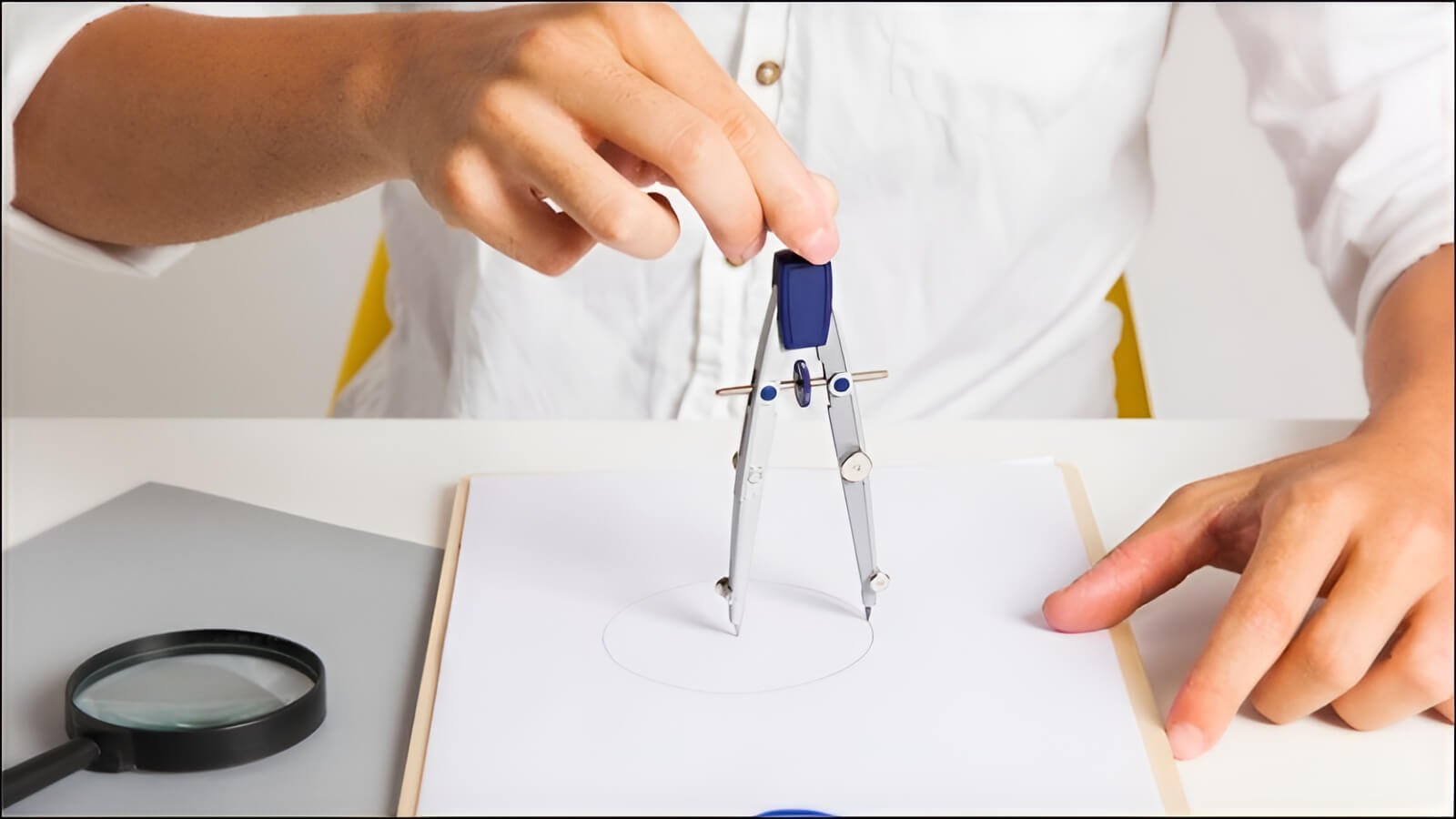
5. How to use a french curve: A simple step-by-step guide
Using a french curve might seem tricky at first, but it’s actually quite simple with a bit of practice. This section will teach you some basic french curve techniques.
What you’ll need:
- A french curve
- A pencil or pen
- Paper
- A few points (dots) you want to connect with a curve
The basic technique:
Here’s a step-by-step french curve guide for drawing with french curve tools:
- Plot your points: Lightly mark at least three dots on your paper where you want your curve to go. These points will guide your curve.
- Find the match: Take your french curve. Lay it on the paper. Move it around and turn it. Try to find a part of the french curve’s edge that lines up nicely with your dots, connecting them smoothly. You want it to match the curve you imagine in your mind. Try to fit as many points as possible along one section of the french curve’s edge.
- Draw the line: Hold the french curve down firmly with one hand so it doesn’t slip. With your other hand, draw along the edge of the curve with your pencil or pen, connecting your points. Stop drawing if the french curve starts to go away from your planned path or your next dot.
- Slide and repeat (if needed): If your whole curve is longer than the part you just drew, lift the french curve. Move it and line it up again. The start of the new curve section should smoothly meet the end of the line you just drew. It should also line up with your next points. It’s good to overlap a tiny bit with the previous line segment to make sure the join is smooth and there are no gaps or awkward angles. Then draw the next part of the curve.
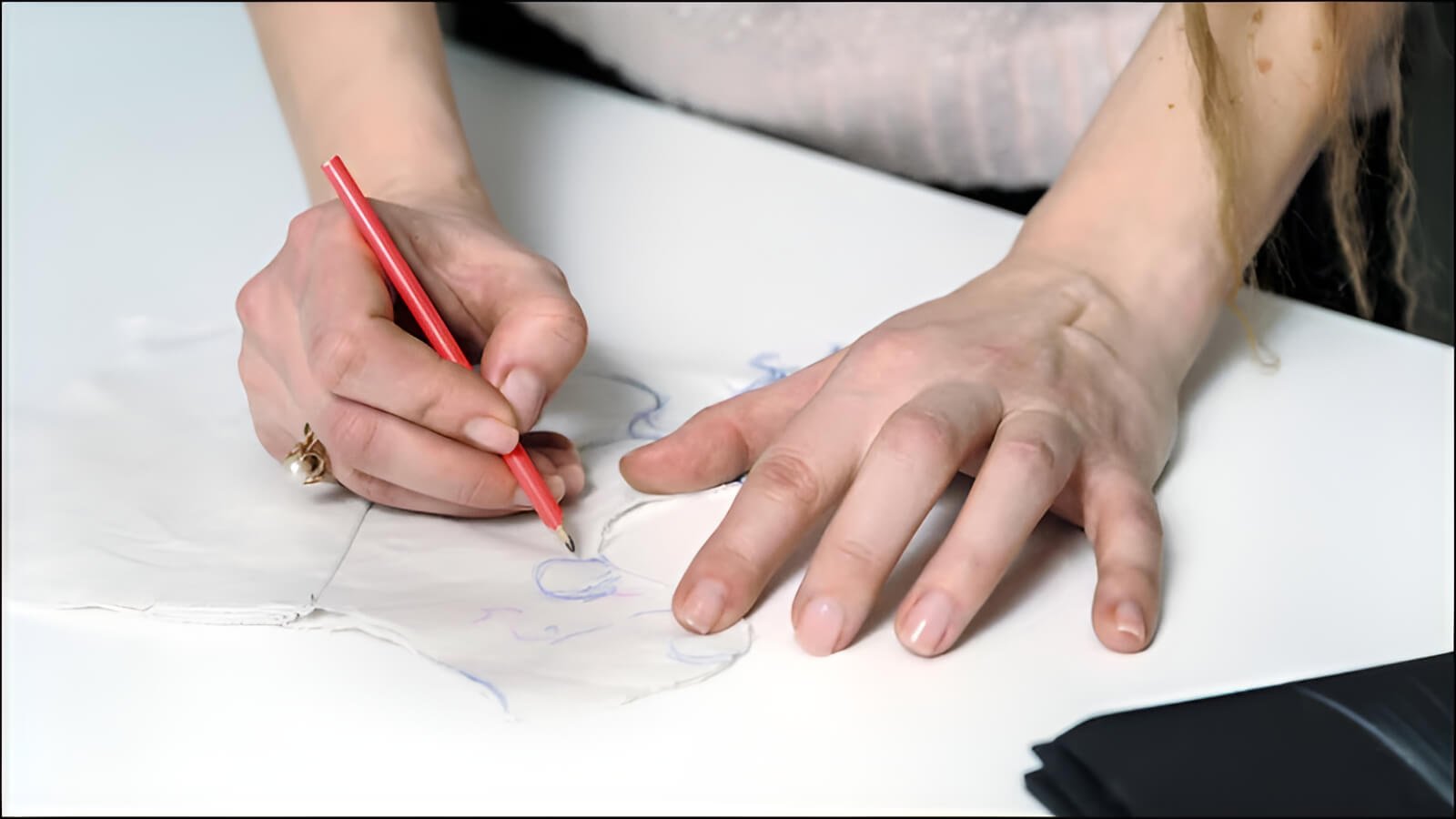
6. Quick tips for better curves
Here are a few simple tips to help you draw better curves and use your french curve more effectively:
- Use a sharp pencil or a pen with a fine tip. This helps make clean, neat lines for drawing better curves.
- Hold the french curve down firmly when you are drawing. This stops it from moving and ensures a steady line.
- Look for the “sweet spot” – that perfect part of the french curve that best matches the line you want to draw.
- Don’t try to force the french curve to make a shape it’s not designed for. Gently move it around until you find the edge that fits naturally with your points.
- If you are drawing a long curve in parts (segments), try to blend the sections smoothly where they meet so it looks like one continuous curve.

7. French curves & designing custom shapes for your brand
Understanding how to create smooth curves, like those made with a french curve, is a basic skill in design. This skill becomes very useful when you think about creating custom shapes for your brand’s materials. These unique shapes for logos, labels, or packaging can make your products stand out. These custom shapes become important branding design elements
1. Custom labels & stickers:
Product stickers or labels don’t have to be plain rectangles or circles. They can have unique, flowing edges. This involves using principles of curve design to come up with custom die-cut labels (die-cut means the label is cut into a special, non-standard shape using a specialized tool).
2. Packaging design:
Smooth, elegant curves can make packaging design (like boxes or zipper bags) look more special and attractive. This demonstrates how custom contours can improve product packaging appeal.
Even if you are just designing intricate curves on packaging mockups (practice designs), knowing about curves helps you visualize the final product. Understanding basic design skills, like how curves work, connects directly to creating great branding.
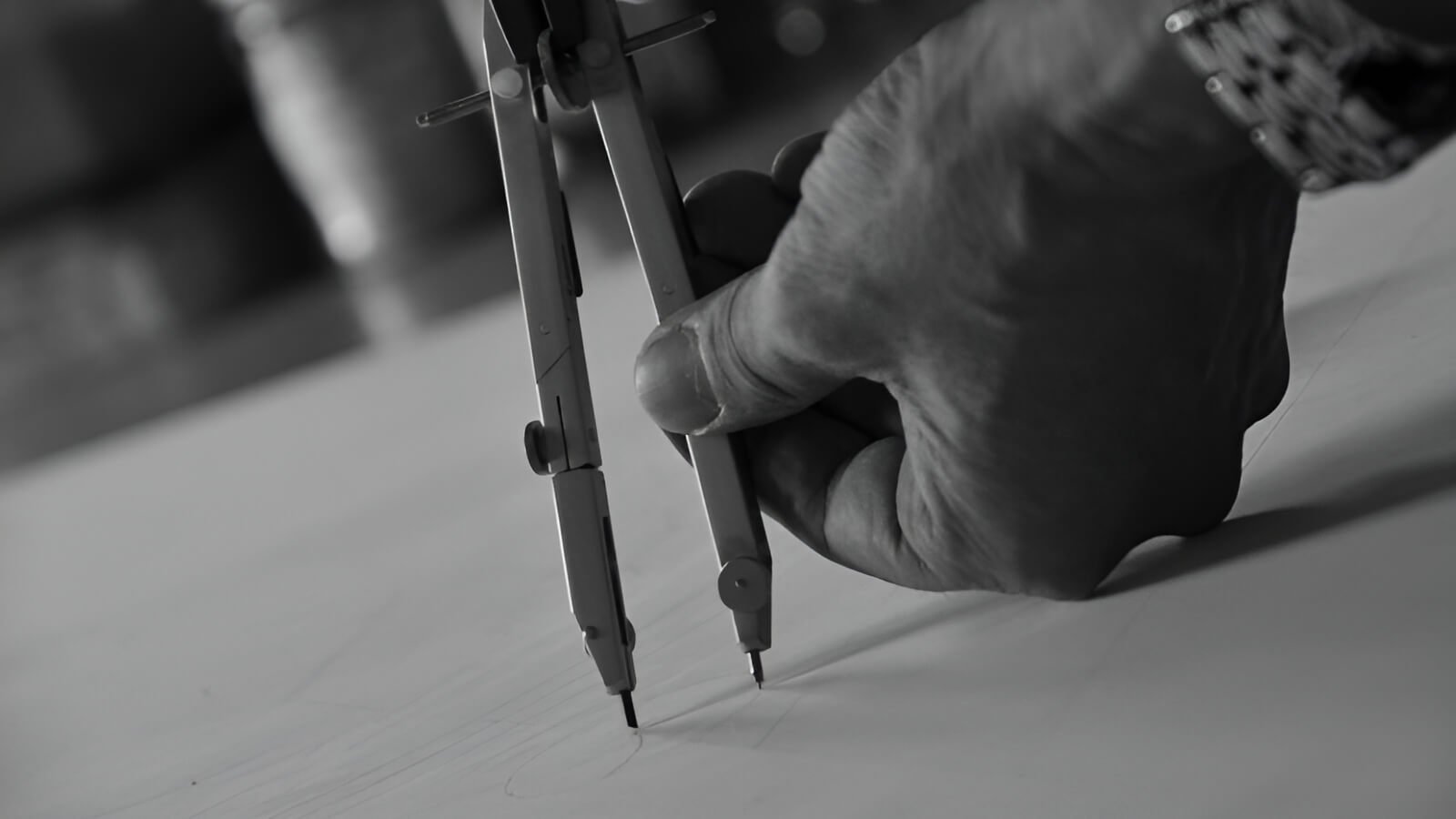
8. Frequently asked questions (FAQs)
8.1 Are french curves hard to use for beginners?
No, they aren’t particularly difficult. The basic technique, as outlined in this guide, is easy for beginners to learn. Like anything new, it just takes a little bit of practice to get good at it.
8.2 Do I need a whole set of french curves?
For most simple drawings, one or two common shapes of french curves (like the ones often sold together) are usually enough to start. A french curve set simply gives you more options for very detailed or complex curves if you do more advanced work.
8.3 Can I use a french curve for digital design (on a computer)?
French curves are tools for drawing by hand on paper. For digital design on a computer, programs or similar drawing apps have digital tools for creating curves. The most common is often called the “Pen Tool,” which lets you make similar smooth curves (often called Bezier curves).
Actually, understanding how to use a manual french curve can help you understand how these digital tools work better!
8.4 Where can I buy a french curve?
You can usually find french curves at art supply stores, craft stores, or online retailers specializing in these tools. Many online shops that sell these kinds of tools also sell them.
Explore more:
As you’ve discovered, a french curve is a simple yet highly effective drawing tool. Its main benefit is clear: it helps anyone draw smooth and accurate curves, leading to smooth designs. It’s not as complex as it might look.
The key takeaway is that a french curve is instrumental in creating smooth, professional-looking designs. Why not try using one for your next drawing or design project? You might be surprised how easy it is to make your work look more professional and polished.






















